
Peculiar Produce
This is not a trick; they are a treat! When we think about fruits and vegetables, there are many staples that come to mind- bananas, apples, oranges, tomatoes, lettuce, etc. However, did you know there are over 3,000 different types of fruits and vegetables?! Wow! While this number may seem a bit ‘ghoulish’ to aim for in your daily diet, it is recommended that everyone aim for at least five servings of fruits and vegetables per day. When looking for new produce to include, variety is good. Different fruits and vegetables contain an array of vitamins and minerals which can help improve our health in many ways. So next time you want to try something new, investigate one of the thousands of options available, including these peculiar treats. They may seem a bit spooky but commit to giving at least one a try; they are quite delicious and nutritious!
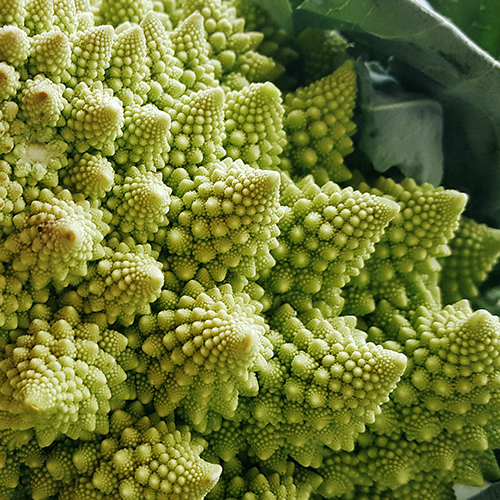
Romanesco Broccoli
It’s a monster…. it’s a gourd…. it’s Romanesco broccoli! This bright green, sweet tasting veggie doesn’t belong on your doorstep as a Halloween decoration. It actually belongs to the cabbage family and it’s one of the most ancient vegetables of all times. Not only is it whimsical to look at, but it packs a micronutrient powerhouse as well. Full of folic acid, vitamin C, fiber, phosphorus, potassium, iron and calcium, this Romanesco broccoli can help reduce the risk of cardiovascular disease and several types of cancer. It’s easy to look at this and think “how can I eat it?” Well, that’s easy! Cut it like you would a cauliflower and you can cook it up or try it raw with some dip. Perfect for a Halloween party vegetable tray!
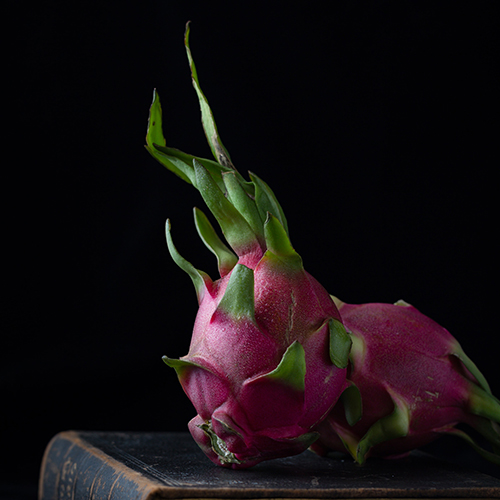
Dragon Fruit
This beauty, also known as a pitaya or strawberry pear, is just as tasty as it looks. Rich in fiber, magnesium, lycopene, vitamin C, iron, and carotenoids. It can help improve gut health and is loaded with antioxidants to keep the ‘vampire’ germs away! If you like eating the crunchy seeds in a kiwi or the sweet taste of a ripe pear, dragon fruits are for you. While they are a type of tropical fruit grown from a variety of cactus in South America and Mexico, you can find them in many stores in the United States. Enjoy them cooked or eat them raw and look for those that are slightly soft for ideal ripeness. Cut them into sections and enjoy their delicious insides but toss the skin.

Purple Carrots
Carrots are one of the most widely used vegetables and loved by many. However, did you know that orange is just one of the colors they come in? These sweet treats are not only ‘pumpkin’ out the fiber, vitamin C, manganese, vitamin K and potassium but chose the purple variety and you are also getting a carrot high in anthocyanin. Anthocyanin helps to give these beauties their purple color and also adds an even higher amount of antioxidants. This powerful antioxidant is also found in other purple vegetables. That’s right- there are more! Many vegetables can be found in purple varieties, not just eggplant and cabbage. You can find purple potatoes, beans, cauliflower, asparagus, corn, peppers, tomatoes and even artichokes. So next time you’re planning a dinner party, grab some of these colorful varieties and then you’ll really be eating the rainbow.
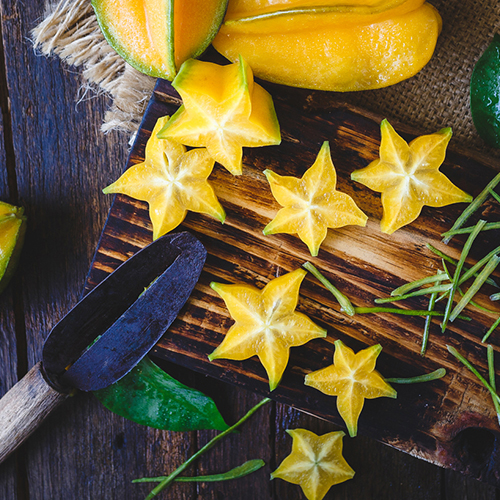
Star Fruit
This fruit is a star not only in its appearance, but also when it comes to its nutrients. Star fruit is low in calories but high in vitamins A, C, and fiber. Also known as a carambola, this tropical fruit is found in Southeast Asia and India but can be found in grocery stores throughout the United States. When choosing a star fruit, look for those that are firm with bright yellow/green skin. Cut the fruit on its side to get its star shape and remove any brown, outer edges. The rest of the skin can be consumed! What does it taste like? It’s like a grape and an orange mixed with ripe pear. It’s slightly sweet, but it’s juice can be a little tart instead.
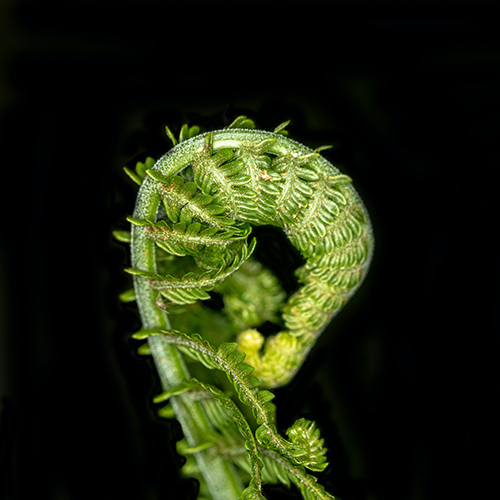
Fiddlehead Ferns
This is not a trick during the spooky holiday season; these little “worms” are called fiddlehead ferns! These potassium and iron powerhouses are in season during the month of May and should be picked to eat when their green is bright in color. While they contain vitamins E, C and omega-3 fatty acids, they also contain a slight trace toxin when raw so make sure you always cook them first (trust me that they aren’t very tasty when raw anyways; pretty ‘bitter to the bone’). When cooked, they are similar to asparagus and broccoli stems in flavor and texture. When preparing these swirls of green delight, make sure to rinse them thoroughly and rub off any of their thin, brown skin. Cook them for at least 5 minutes and ‘bone’ appetite!
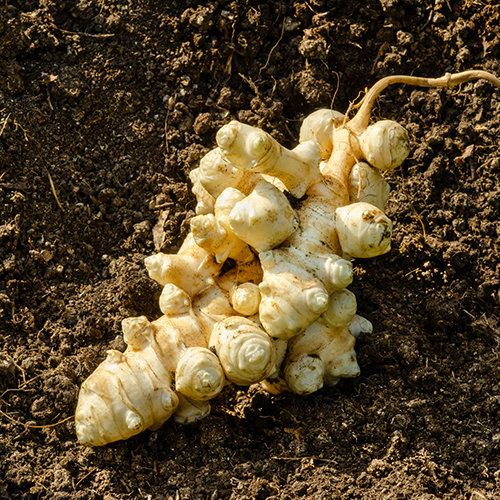
Sunchokes (Jerusalem artichokes)
Ginger? Potatoes? Nope! These are called sunchokes, also known as Jerusalem artichokes. Ironically, they are not artichokes nor from Jerusalem, but they are nutritious! They are low on the glycemic index thanks to the carbohydrate inulin, and are a great source of thiamin, iron and potassium. As part of the sunflower family, these can be prepared in many ways including raw or cooked. They contain a crunchy sort of sweet/nutty taste and can be a wonderful addition to a salad. One tip to keep in mind, is once they are cut, be sure to drizzle on some lemon or orange juice to help keep them from oxidizing which can turn their flesh brown.


